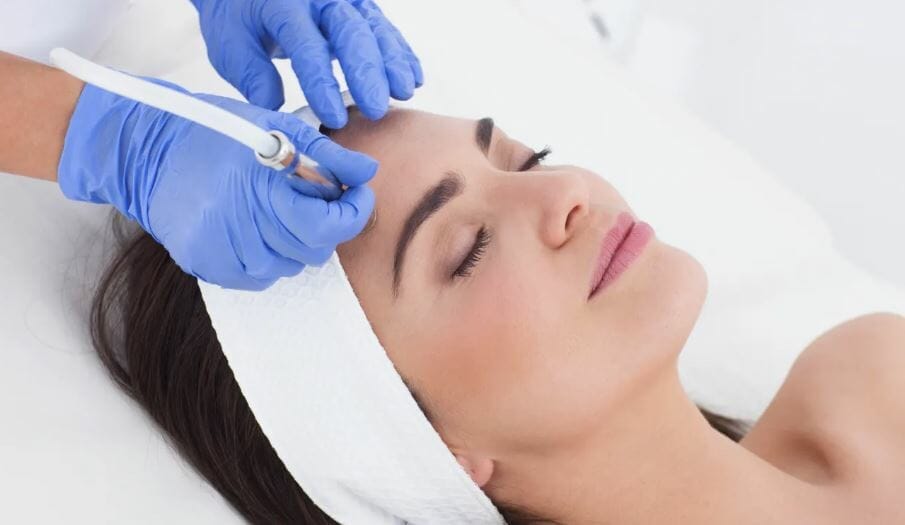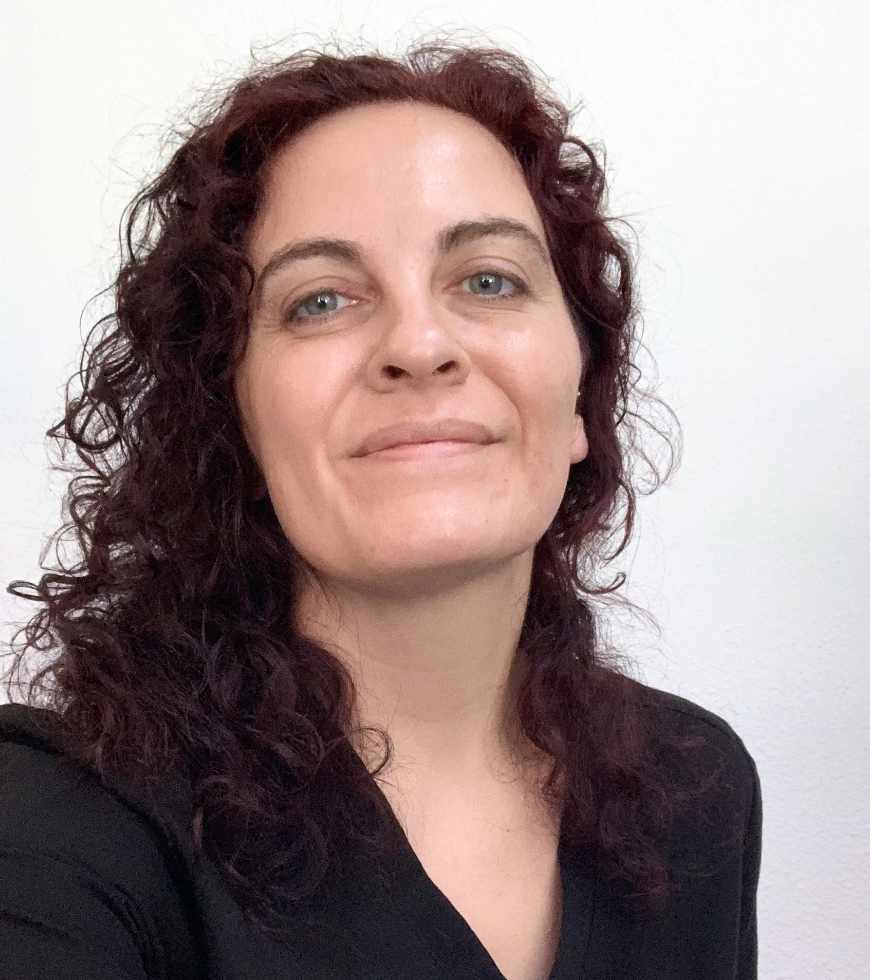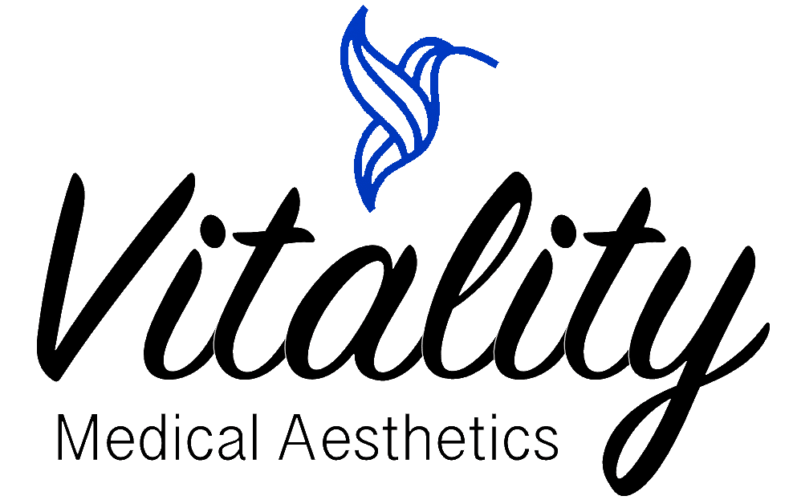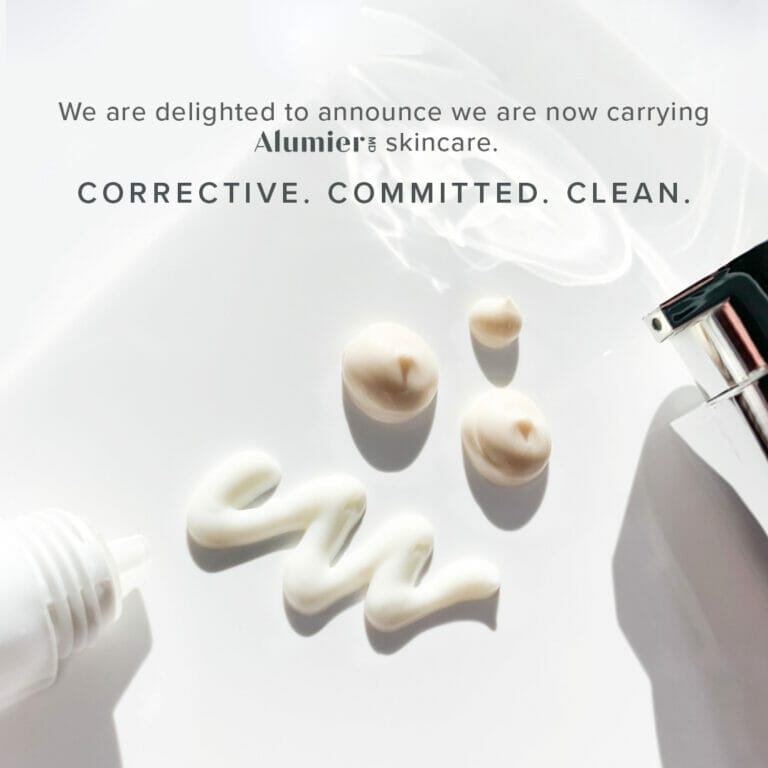When it comes to skincare, there are always lots of options available to address skin concerns. Two popular treatments that we often preform in our medical spa come up in patient consults: chemical peels versus mircrodermabrasion. What are they, and when do you do one versus the other? If you’re in Orlando, FL, and considering which treatment is right for you (or both!), understanding the differences and benefits of each can help you make an informed decision.
Chemical Peel: Deep Renewal for Your Skin

Chemical peels involve the application of a chemical solution to the skin, which exfoliates the outermost layer and stimulates cell turnover. The deeper the peel, the more profound the result and recovery period. Here are some pros and cons of chemical peels:
Pros:
- Deep exfoliation: Chemical peels penetrate deeper into the skin layers that a hydrodermabrasion , making them effective for treating fine lines, wrinkles, acne scars, and pigmentation issues.
- Customizable options: Chemical peels come in varying strengths and formulations to target specific skin concerns and accommodate different skin types.
- Long-lasting results: With proper aftercare and maintenance, the results of a chemical peel can last for several months, promoting smoother, more youthful-looking skin.
Cons:
- Downtime: Depending on the depth of the peel, downtime may be required as the skin heals and regenerates. This can involve redness, peeling, and sensitivity.
- Sun sensitivity: Following a chemical peel, the skin may be more susceptible to sun damage, requiring diligent sun protection measures. In sunny states, this is especially important, and we apply sunscreen to all patients after a chemical peel.
Chemical Peels: Targeted Treatment for Specific Skin Concerns
Chemical peels offer targeted treatment for a variety of specific skin concerns, ranging from fine lines and wrinkles to hyperpigmentation and acne scars. While hydrodermabrasion is ideal for maintenance and general skin rejuvenation, chemical peels can provide more intensive treatment for the following conditions:
- Fine lines and wrinkles: Chemical peels stimulate collagen production and promote skin renewal, resulting in smoother, more youthful-looking skin.
- Hyperpigmentation and sun damage: Certain chemical peel formulations, such as those containing alpha hydroxy acids (AHAs) or trichloroacetic acid (TCA), can effectively lighten dark spots and even out skin tone.
- Acne and acne scars: Chemical peels help reduce acne breakouts and minimize the appearance of acne scars by exfoliating the skin and unclogging pores.

Hydrodermabrasion:
Gentle Resurfacing for a Fresh Glow
Microdermabrasion is a non-invasive exfoliating treatment that uses a diamond-tipped wand or scrub product with fine grit (sugar, sand, etc) or crystals to remove dead skin cells and unclog pores. Here are some pros and cons of microdermabrasion:
Pros:
- Gentle exfoliation: Microdermabrasion is suitable for individuals with sensitive skin or those seeking a less aggressive exfoliation method. It has a very superficial peel effect, and over time with more treatments can help get skin health improvements.
- This is a relaxing procedure that can feel refreshing.
- Minimal downtime: Unlike chemical peels, microdermabrasion typically requires no downtime, allowing you to resume normal activities immediately.
- Improves skin texture: Microdermabrasion can help improve the appearance of uneven skin texture with repeated treatments. It can help with very mild acne scars, and superficial hyperpigmentation. For more advanced cases, our clinic takes a hybrid approach by offering Intense Pulsed Light (IPL) and Fractional Laser Resurfacing. in conjunction with chemical peels over sepparate visits.
Cons:
- Limited depth: Microdermabrasion primarily targets the outermost layer of the skin, so it will NOT be as effective for treating deeper skin concerns such as wrinkles, pigmentation, or significant acne scarring.
- Multiple sessions are usually needed to get a meaningful result. While noticeable improvement can be seen after a treatment to a patient looking in the mirror, a series of sessions is required to achieve optimal results. The procedure is great for skin health, but it can’t reverse noticeable skin issues.
Frequency of Treatments
The frequency of chemical peels and microdermabrasion treatments can vary depending on individual skin concerns and treatment goals. Generally, chemical peels are performed less frequently, with sessions spaced several weeks to months apart to allow the skin to fully heal between treatments. Microdermabrasion treatments can be performed more frequently, with intervals of 2-4 weeks between sessions. If you’re not treating concerns, and your skin health is good, treatment intervals can be less frequent.
Hydrafacials and AquaBoost: A Hybrid Approach to Skincare Using Hydrodermabrasion
Hydrodermabrasion is a gentle, non-invasive skincare treatment that utilizes liquid-based exfoliation to remove dead skin cells, unclog pores, and hydrate the skin simultaneously. It is an excellent option for maintaining healthy skin and addressing common skincare concerns without the need for downtime or discomfort.
Hydrafacial and Aquaboost are a popular skincare treatments that combine elements of microdermabrasion, chemical peels, and hydrating serums to cleanse, exfoliate, extract, and hydrate the skin simultaneously. It utilizes a unique Vortex-Fusion® technology to deliver customized serums and unclog pores address specific skin concerns, making it an excellent option for those seeking comprehensive skincare rejuvenation.
Other Popular Skincare Options
In addition to chemical peels, microdermabrasion, and Hydrafacial, other popular skincare options include laser treatments, dermaplaning, and IPL photofacials. These treatments offer various benefits, ranging from reducing fine lines and wrinkles to improving skin tone and texture, catering to a diverse range of skincare needs.
In conclusion, both chemical peels and microdermabrasion offer effective solutions for achieving smoother, healthier-looking skin. By understanding their differences, benefits, and frequency of treatments, you can make an informed decision that aligns with your skincare goals and preferences. Whether you’re looking to address specific skin concerns or maintain your skin’s youthful glow, there’s a skincare treatment tailored to meet your needs in our Orlando, FL medical spa. Hopefully this solves the dilemma of when to get a chemical peels vs. microdermabrasion, but if it doesn’t – please contact us for individual medical advice.
Stephanie Mirsky, PA-C

Stephanie is a board certified Physician Associate in Orlando, Florida. She is advanced cosmetic injector who regularly treats a variety of medical concerns. She is also experienced with advanced energy devices for aesthetic medicine, and prescribes medications as necessary for her patients at Vitality Med Spa in the Mills 50 district of Orlando, FL.
407-901-0058



